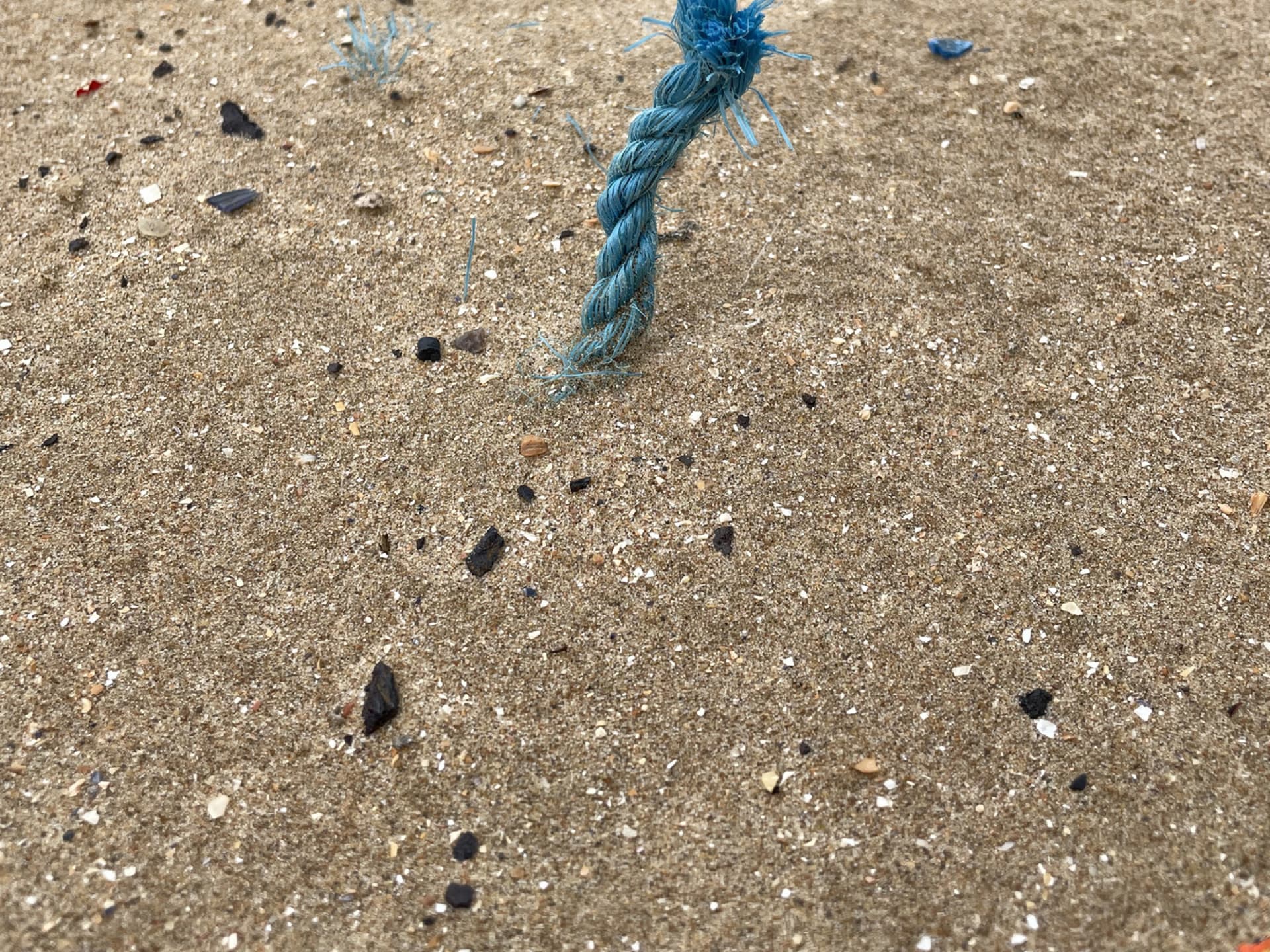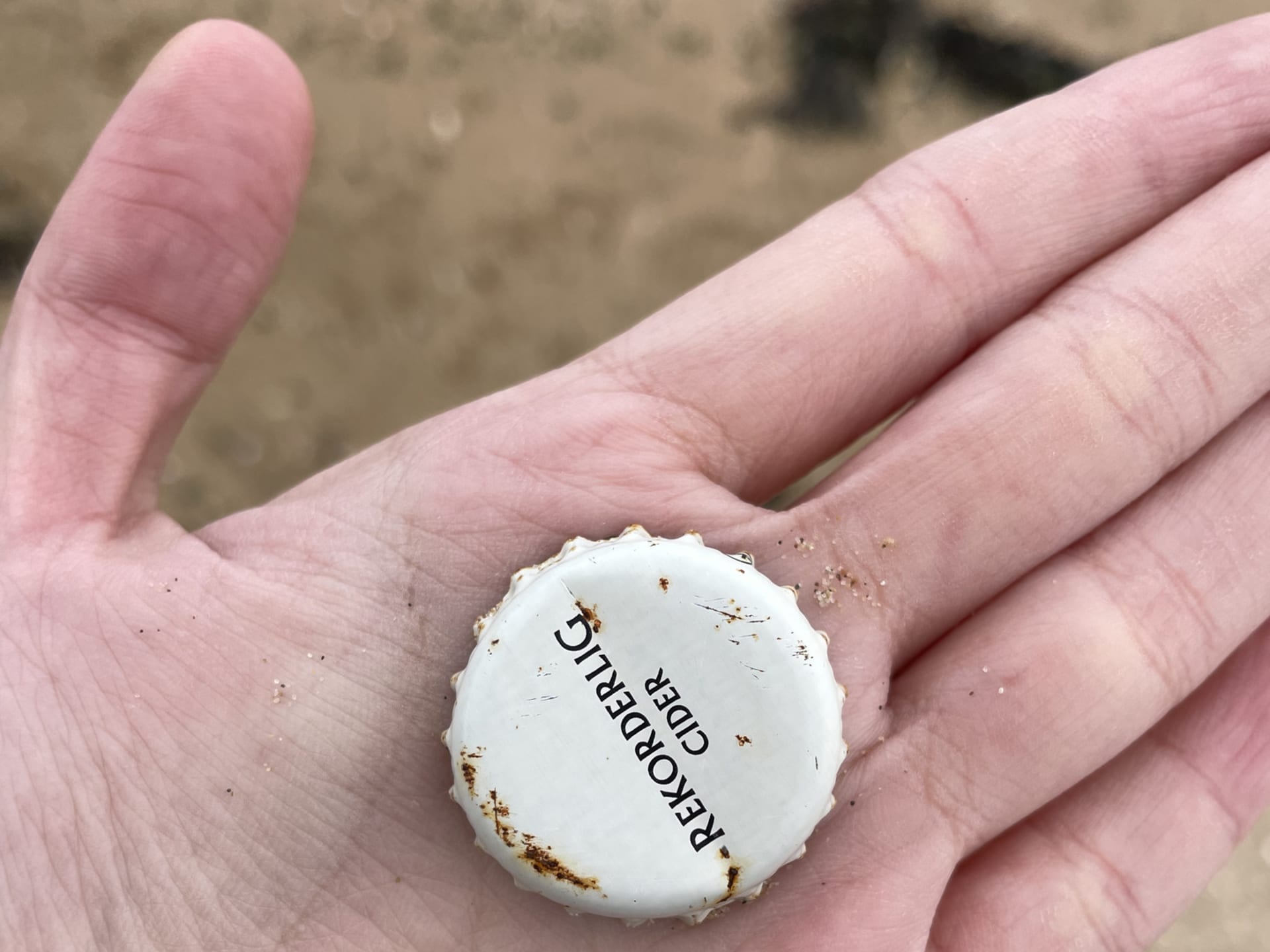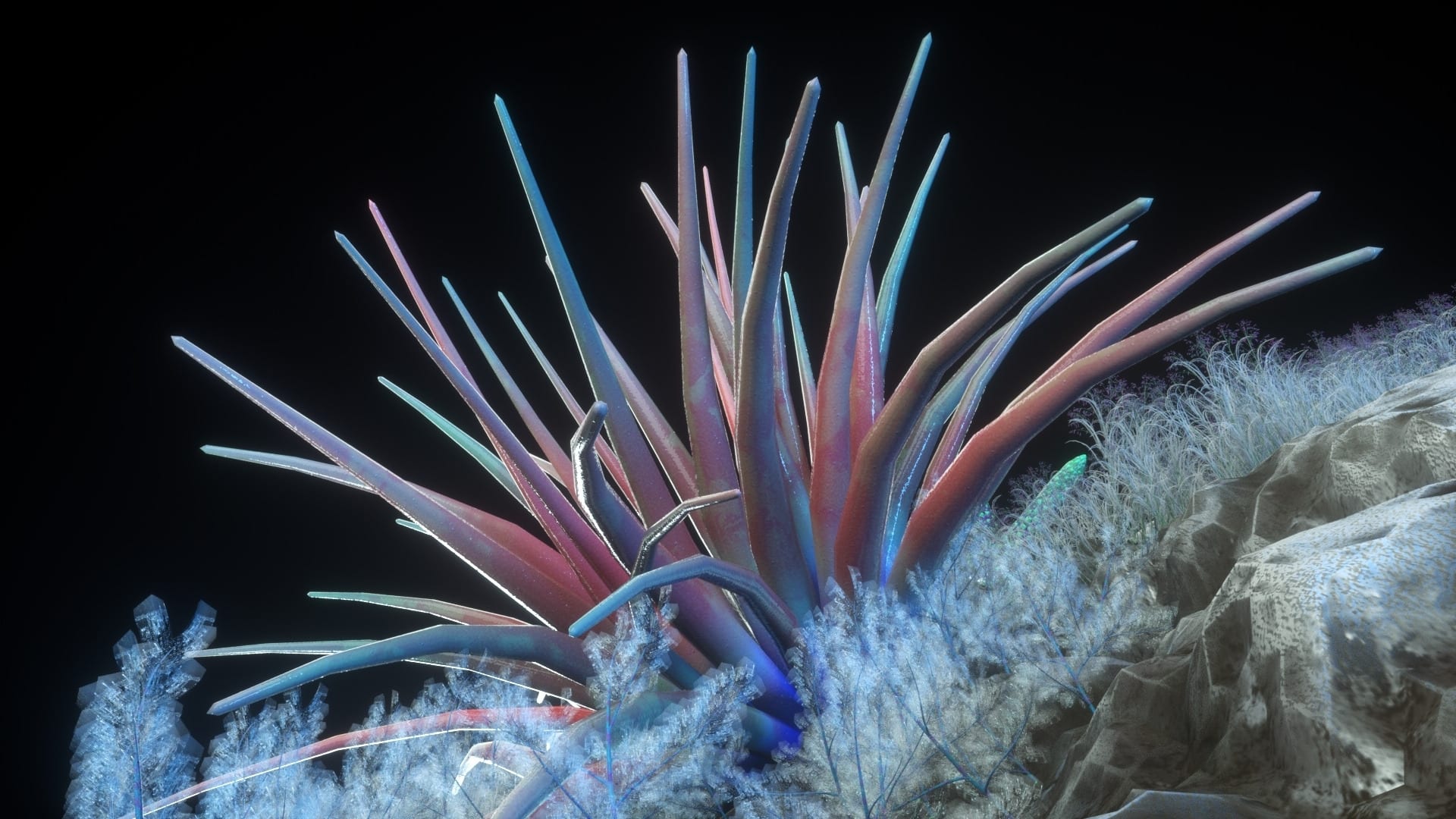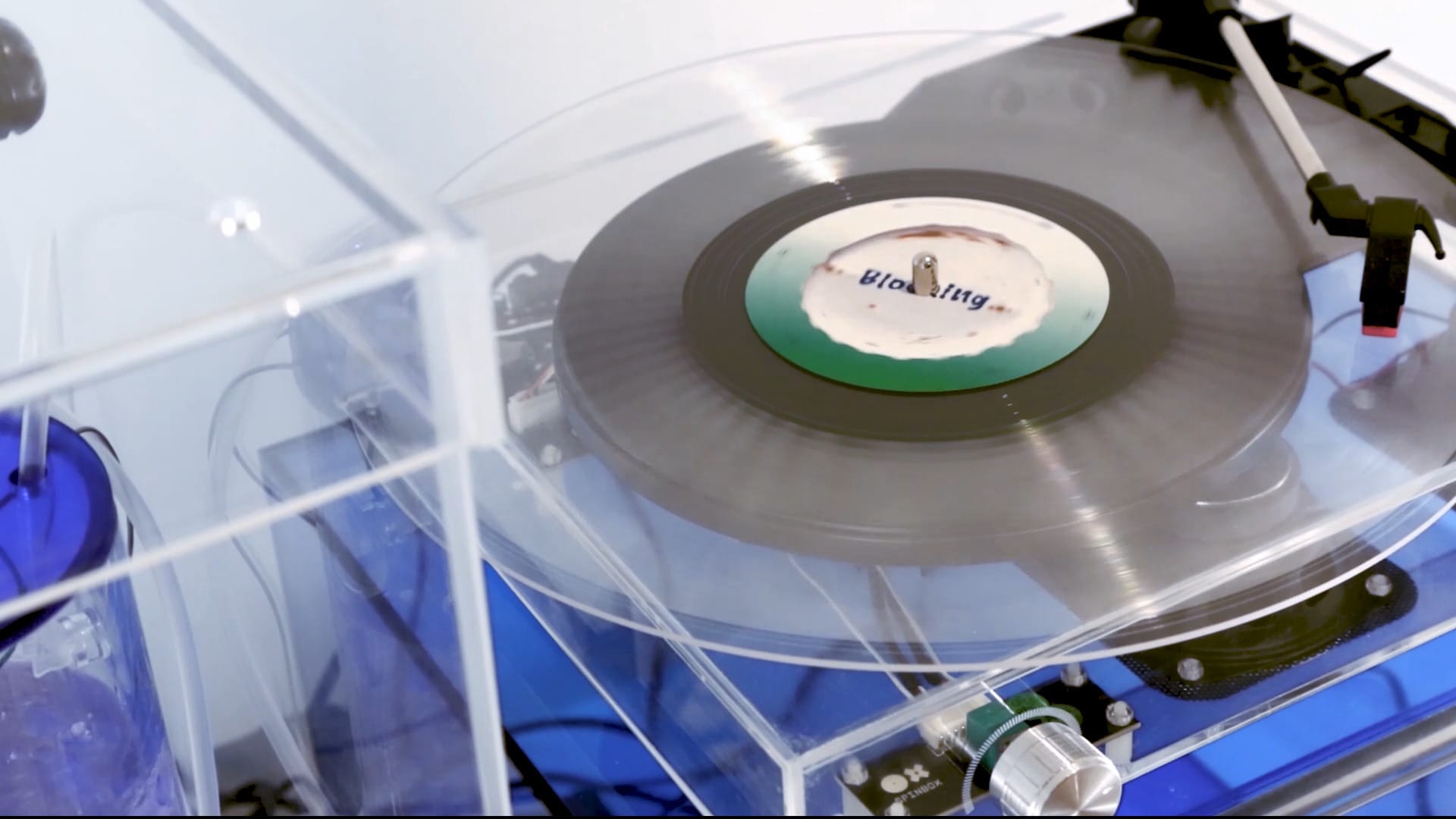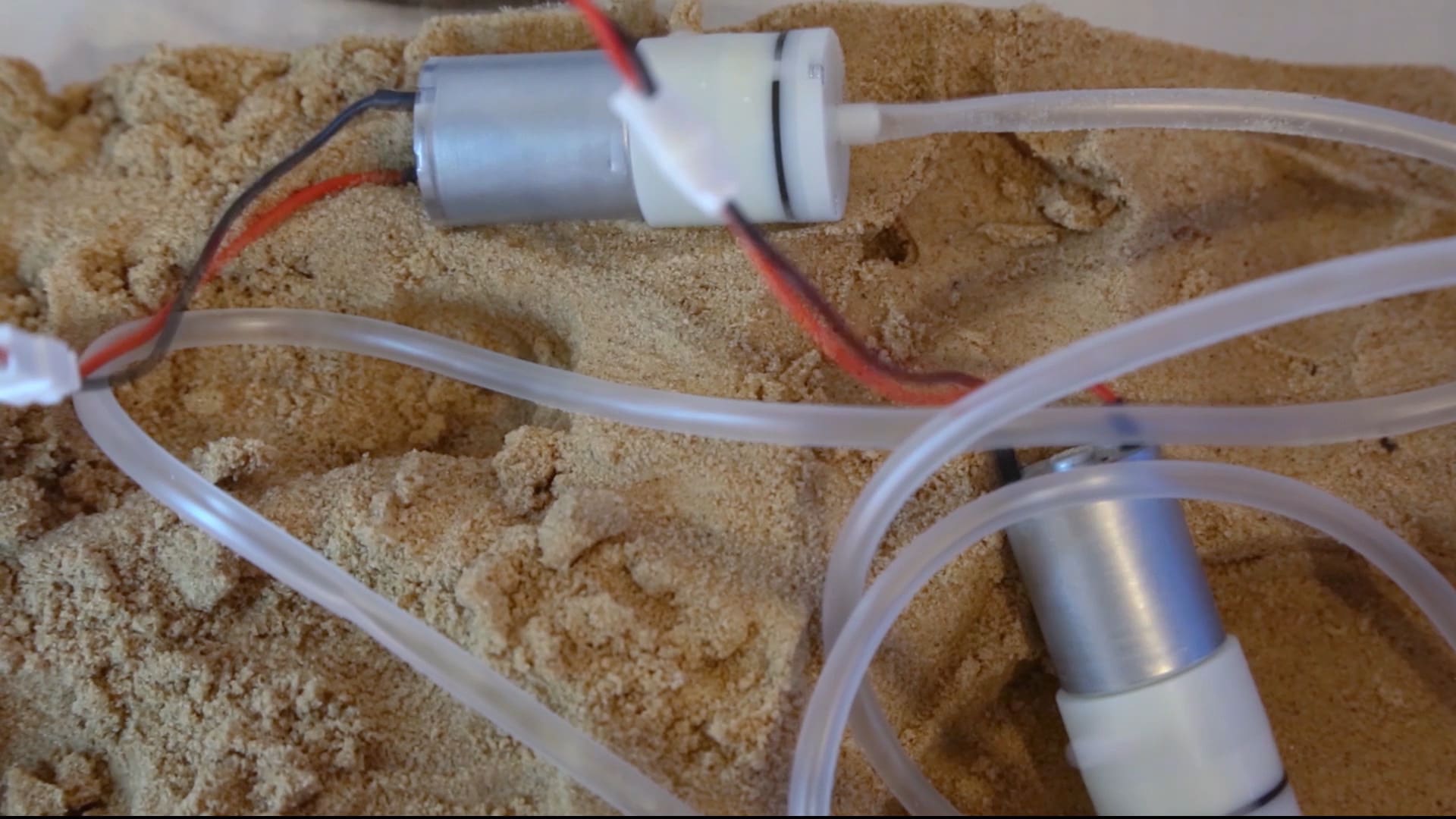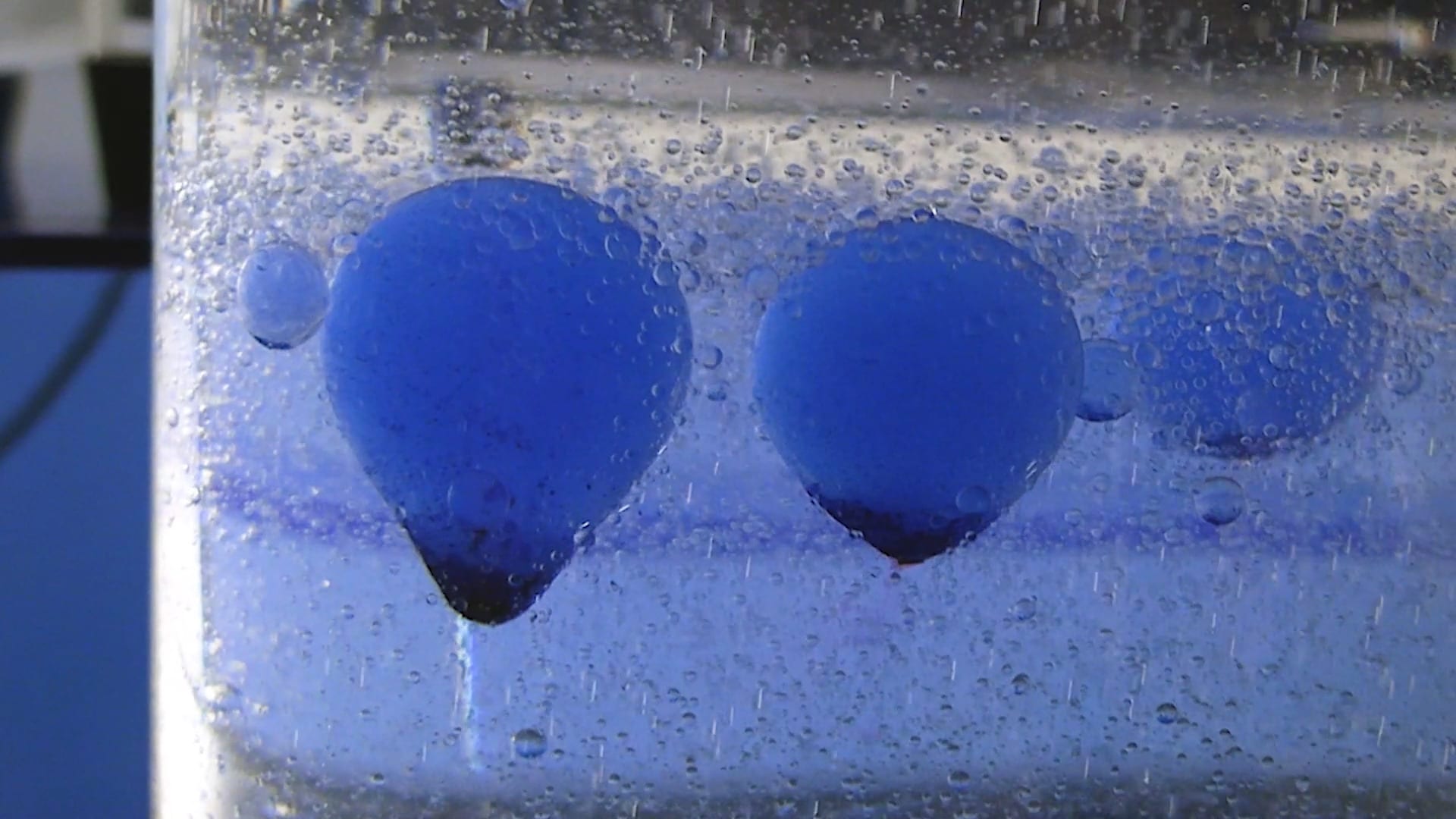As a Storyteller, I always think: What is Future Storytelling? How do we define it? Spatial time reversal, conscious and subconscious, collage and reconstruction, atmospheric presentation, contradiction and absurdity, illusion and reality, these are the ways around which I perceive and define Storytelling. Unlike traditional new media. It has become a new form of mass communication that processes, transmits, and manages information in text, graphics, images, and sound through digital means. storytelling is a reliance on the future evolution of current events, such as the unfolding of details and choices originating in time, but it does not change automatically and regularly, although these things make a certain pattern in the present, but whatever the approach, data based on the present and the past are not necessarily accurate predictors of future events. We often mistake storytelling as being based on the development of a script leading to an ending, when in fact it is not. future storytelling is more about change over the course of a project, and perhaps the unknown ending is more in line with future storytelling. When digital media workers release their work to the public, there will be a process of information transfer. The age of digital media for communication purposes has arrived and I am playing the role of storyteller for this age.
Jiawei Li
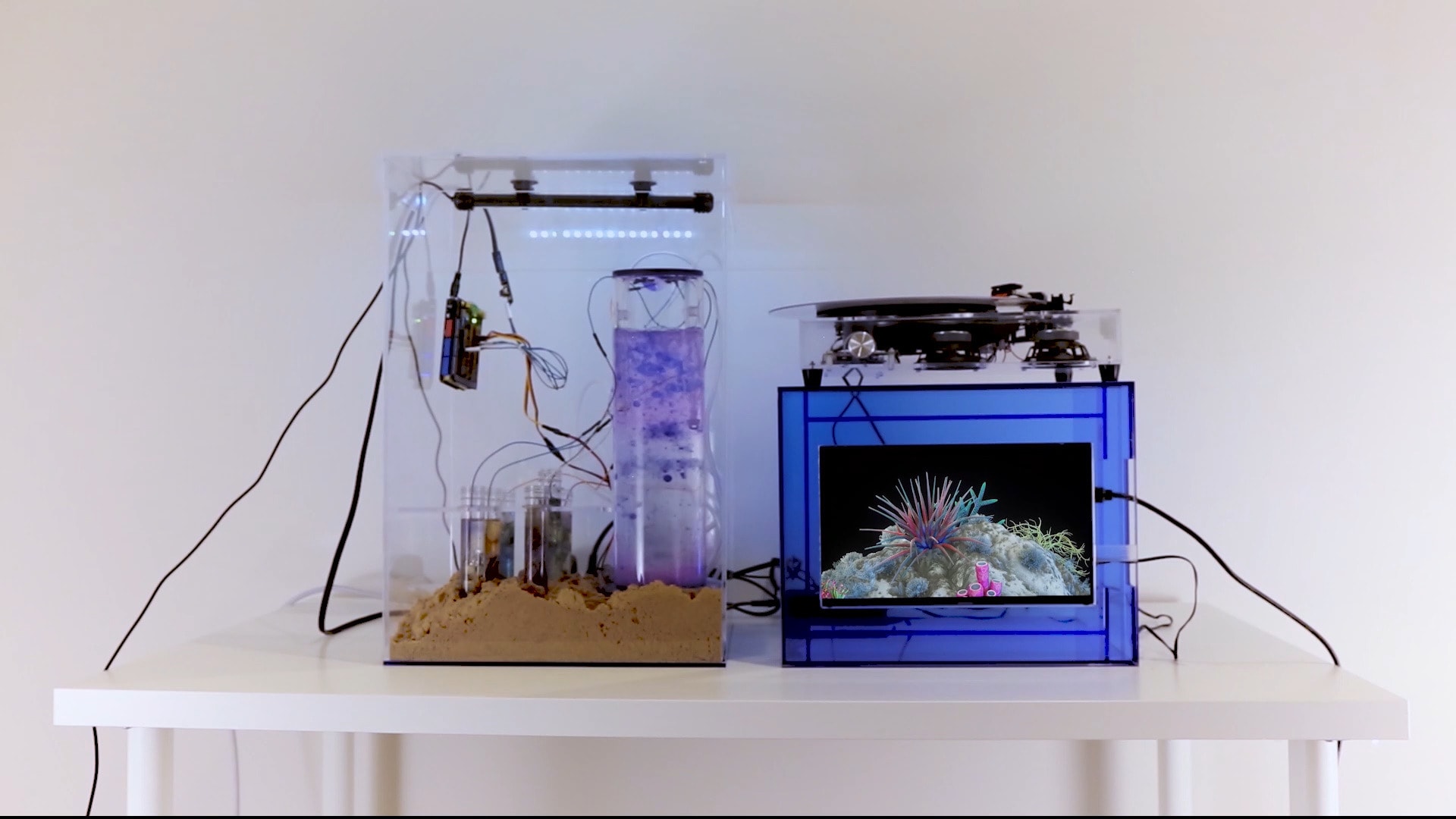
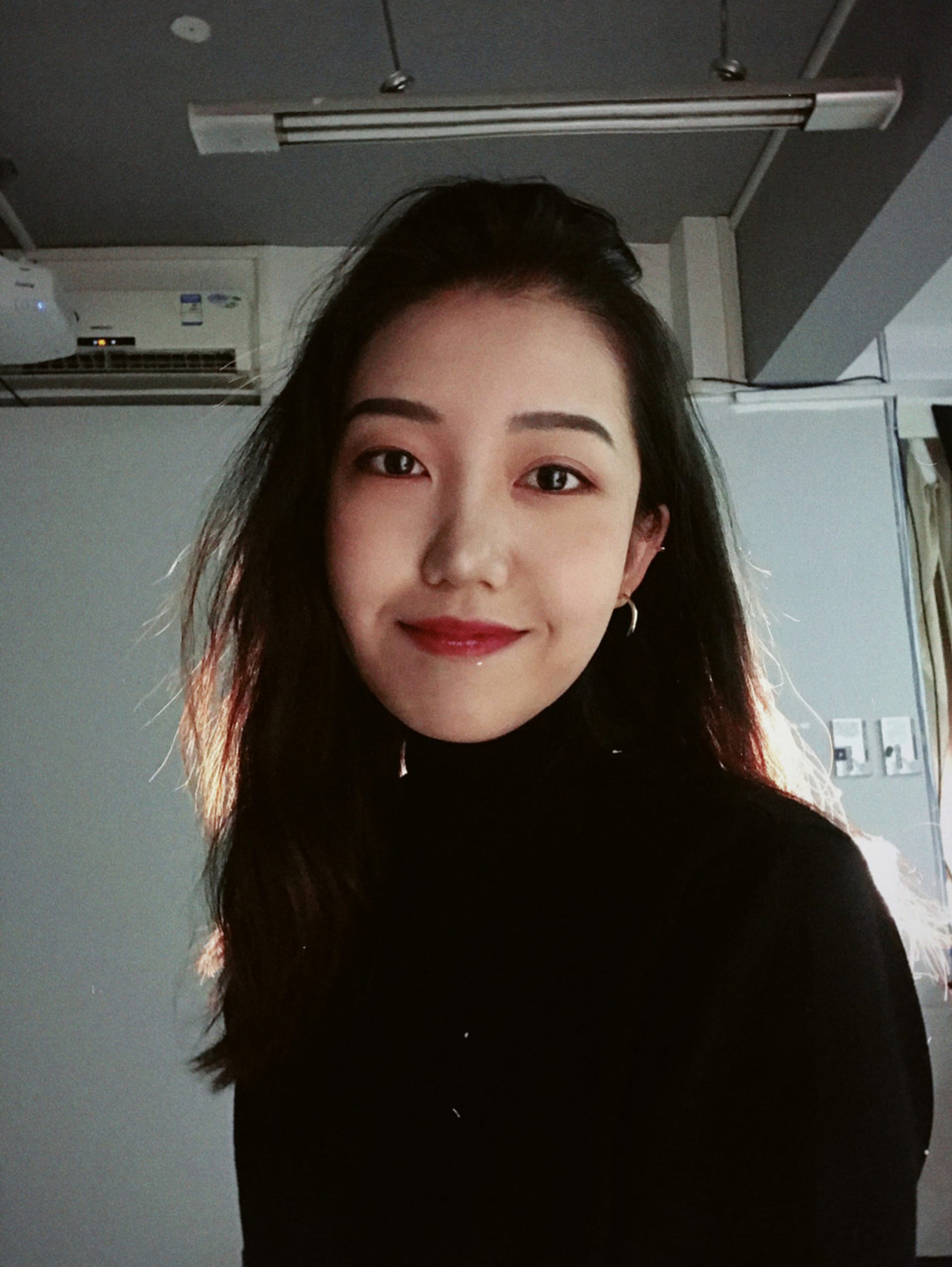
Jiawei Li is a new media artist based in London, Beijing, and Tianjin. Studying at the Royal College of Art, Digital Direction, Jafri's practice covers a range of related themes: from marginalized groups, synaesthetic art, and digital identity definition to sustainable art for ecological preservation and digital archaeology design. Her work is oriented toward future design, combining interdisciplinary, Digital Storytelling with sound, video, and installation.
As a new media artist, Jiawei's work has stood out in several competitions: winner of the Global Youth Programme in 2020, winner of the China Visap Art Visualisation Competition in 2021, among others. She has participated in and presented papers on digital archaeology and future design at the Future Design International Conference and HCI International.
